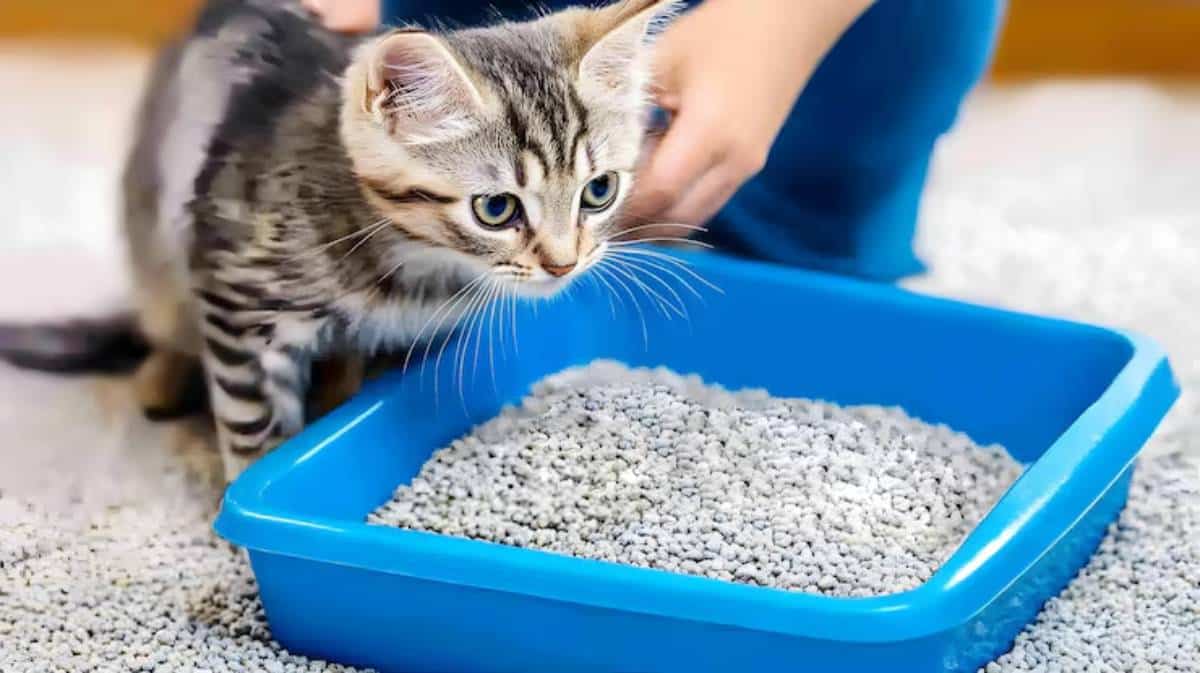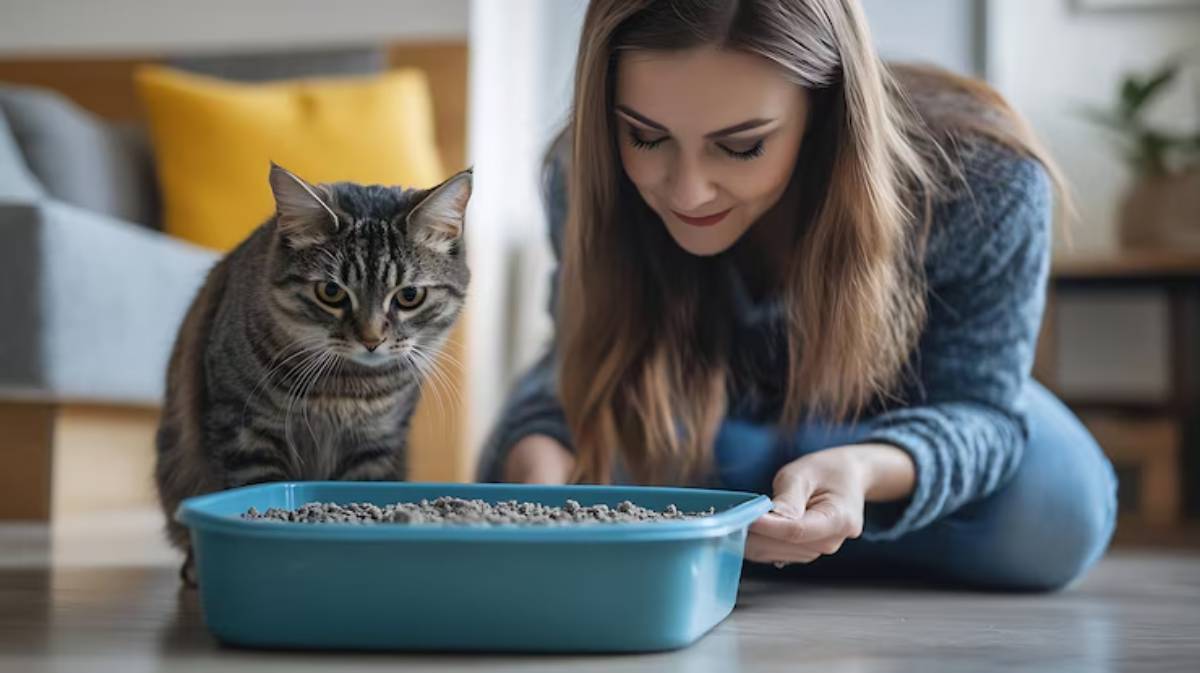
Litter Training for Cats with Disabilities
Caring for a cat with disabilities brings unique challenges and profound rewards. Among the many aspects of daily care, litter training demands thoughtful adaptation. Whether your feline companion has mobility issues, visual impairments, or other physical limitations, ensuring they can use their litter box with ease and dignity is essential to their well-being and quality of life.
This guide will explore practical and compassionate approaches to disabled cat litter training. You’ll learn how to choose the correct special needs cat litter box, set up a supportive environment, and understand the unique needs of cats with physical challenges. With the right strategies and patience, you can create a safe, comfortable, and hygienic setup that empowers your cat to thrive.
Understanding the Needs of Litter Training for Disabled Cats
Types of Disabilities in Cats
Cats can face a range of disabilities, including:
- Mobility impairments (e.g. amputations, arthritis, paralysis)
- Neurological conditions affecting movement or coordination
- Sensory disabilities, such as blindness or deafness
- Congenital disabilities or age-related limitations
Each condition affects how your cat interacts with its environment, including how it uses the litter box.
Why Litter Training Requires Adaptation
Traditional litter boxes aren’t designed with disabled cats in mind. High sides, awkward entrances, or even the litter texture can pose obstacles. Cats with special needs may:
- Struggle to climb over tall sides
- Have difficulty squatting or balancing
- Need extra space to manoeuvre
- Be sensitive to litter texture or odour
Adapting your approach can significantly reduce stress and accidents while improving hygiene and comfort.
Choosing the Right Adaptive Litter Box

Key Features to Look For
When selecting a litter box for a disabled cat, prioritise:
- Low entry height: Easy access for cats with limited mobility
- Wide opening: More room to turn or position themselves
- Non-slip base: Prevents sliding, especially on tile or hardwood
- Smooth interior: Minimises the risk of injury or snagging
Pro tip: Storage boxes or under-bed containers can be repurposed as large, low-entry litter boxes with a cut-out side.
Best Adaptive Litter Boxes on the Market
Some great commercially available options include:
- KittyGoHere Senior Cat Litter Box: low sides, spacious
- PetFusion BetterBox: non-stick coating and curved design
- Iris Open Top Cat Litter Tray: budget-friendly and easy access
If your cat uses a wheelchair or drag bag, look for extra-wide trays to accommodate their movement.
Tailoring the Setup for Comfort and Safety

Litter Selection
Not all litters are equal. For sensitive or disabled cats:
- Unscented, dust-free litter is best
- Soft texture (e.g. recycled paper, corn-based) is gentle on paws
- Clumping litter may not be suitable for cats with open wounds
Try different options to find what your cat prefers and tolerates best.
Location Matters
Keep the litter box:
- Easily accessible: no stairs or obstacles
- Close to your cat’s central area, especially if mobility is limited
- Quiet and private: Avoid high-traffic areas
Place mats or rubber runners around the box to prevent slipping or a mess.
Hygiene and Maintenance
Disabled cats may be more prone to accidents or soiling themselves. To keep things clean:
- Scoop twice daily
- Clean the entire box weekly
- Keep wipes or grooming tools nearby for quick clean-ups
A clean setup is key for preventing infections and ensuring comfort.
Litter Training Techniques for Disabled Cats
Establishing Routine
Cats thrive on routine. Feed and offer litter access at consistent times to encourage regular habits. For newly disabled cats, use positive reinforcement and gentle guidance as they adjust.
Positive Reinforcement
Reward your cat with praise, affection, or treats when they use the litter box correctly. Avoid scolding or punishment, which can increase anxiety.
Guided Training and Support
In some cases, you may need to:
- Gently place your cat in the box after meals or naps
- Help them balance or support their back legs
- Use ramp access or soft padding for comfort
Over time, many cats adapt and regain independence.
What Works for Other Cat Owners
Maya’s Story – Living with a Tripod Cat
When Maya adopted Smokey, a three-legged cat, she quickly learned that traditional litter boxes didn’t work. Smokey kept missing the box or falling over. Maya switched to a low-entry, extra-wide container lined with soft, recycled paper litter — and added a yoga mat for grip. Now Smokey uses the box independently with no issues.
Oliver’s Journey – Coping with Spinal Injury
Oliver, a tabby with a spinal injury, initially struggled with incontinence. Ben’s owner created a dedicated litter station with absorbent puppy pads around the box and custom-cut ramps. They also built a cleaning routine with wipes and dry shampoo. Ben reports that Oliver has become more confident and happy, and the house stays clean.
Common Challenges and Practical Solutions
Challenge: My cat avoids the box completely
Try this:
- Ensure there’s no pain during use — consult your vet
- Make the box more accessible
- Use calming pheromones or treats nearby
Challenge: Frequent accidents outside the box
Try this:
- Increase the number of boxes around the house
- Add non-slip rugs or floor pads
- Limit roaming space during training
Challenge: Strong odour despite cleaning
Try this:
- Switch to a higher-absorbency litter
- Use baking soda or litter deodoriser
- Deep clean the box weekly with mild detergent
Empowering Every Cat with Dignity
Litter training a disabled cat isn’t just about hygiene — it’s about empowering your feline friend to live with dignity and comfort. You can create an environment that supports their independence and well-being with adaptive litter solutions and a little creativity.
Whether your cat is recovering from surgery, facing a lifelong condition, or simply ageing, your effort to tailor their care makes all the difference. Pay attention to their cues, be patient during setbacks, and celebrate the wins, no matter how small.
Have you navigated litter training with a special needs cat? Share your story in the comments — your insight could help another pet parent on the same journey.


